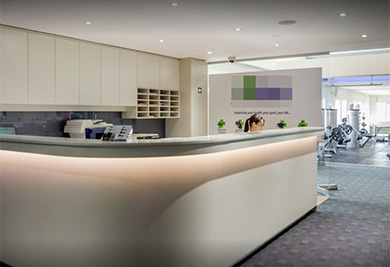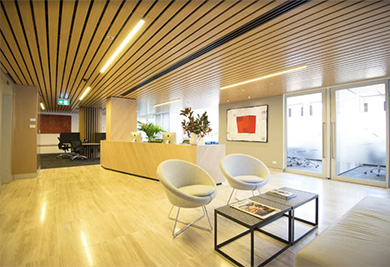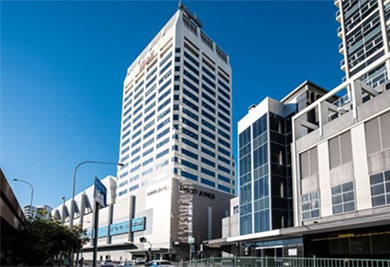Back to School- Find the right shoe for your kids
A weak foundation influences the whole body, and that is why correct footwear in children is an important topic.
Your children’s feet are still growing and the bones in their feet, still developing. Around half of kids will have flat feet and a fifth may have high arches. As such, shoes need to be stable with good cushioning and provide internal and external support.
What makes up a good shoe and what type of footwear should children be wearing?
- Shock absorbing midsole – provides shock absorption for active kids and ensures young feet have the protection they need.
- A snug, comfortable fit both length and width-ways.
- A spacious toe box, so there is plenty of room for the toes.
- Heel support – the heel should be snug but comfortable and the back part of the shoe strong and stable.
- Lace fixation or similar to prevent too much movement or slippage of the foot inside the shoe. The fastening mechanism should hold the heel firmly in the back of the shoe.
- The sole should be firm with a flexion point only at the front third of the shoe. The sole should not be able to twist either.
- NO EXCESSIVE WEAR PATTERNS ON THE SOLES OF THE SHOES!
“Good footwear is essential for protection and the development and alignment of a child’s feet, ankles, knees, hips and lower back.”
Issues that may arise from ill- fitting shoes include:
Collapsed, fallen arches or ‘flat feet’ are terms used to describe the instance when someone’s feet have low or no arches, and as a consequence press flat against the ground. This can often result in the internal rotation of the knees and can be noticed as a child looking ‘clumsy’ when they walk or run. If not supported and in more severe cases corrected, this biomechanical alignment can lead to multiple issues in the future. Such issues may be:
Back pain
Old, worn footwear or footwear without the appropriate support can lead to forward tilting hips and therefore place lots of pressure through the lower back. Muscles in the lower back can be exacerbated, leading to overuse and eventual stiffening, resulting in negative postural changes.
Joint pain
Shoes that do not provide adequate support and cushioning can result in prolonged overloading or shock induced pathology. The appropriate support and cushioning can take the load from joints such as the ankle or knee. This is especially important through development as some areas in the skeletal structure do not fully development until well into the teens. Inappropriate loads can not only have negative effects on joints but also ‘normal’ development. Additionally, with poor shock absorption the knees are forced to bend more to reduced the shock when the heel hits the ground. This can also put the knee at risk as the knee is at its most vulnerable to trauma while in the bent position.
“Ill-fitting footwear can eventually lead to deformities such as bunions, bony-lipping around larger joints, ingrown toenails and hard skin.”
Wearing patterns of footwear
Children’s shoes work a lot harder than an adults, they are doing a lot more than you or I would in a normal day and shoe needs to support that. Too much wear on the sole will reduce the ability to shock absorb but may also change the way your child walks. This in turn may alter how they walk putting abnormal pressures though their bodies.
The formative years are not only important for a child’s feet but also their structural development and posture. If you are worried about the way your children’s feet are developing or are concerned with how they look when they are walking or running CLICK HERE to book in for a thorough assessment with one of our lovely Podiatrist at Podiatry First!




Leave a reply